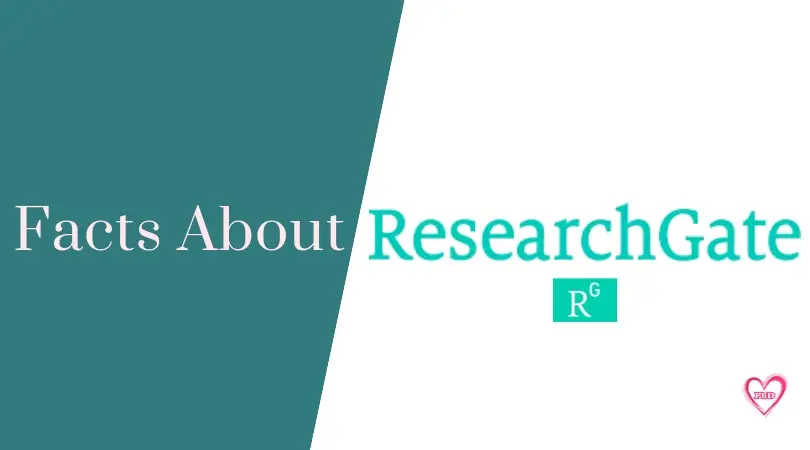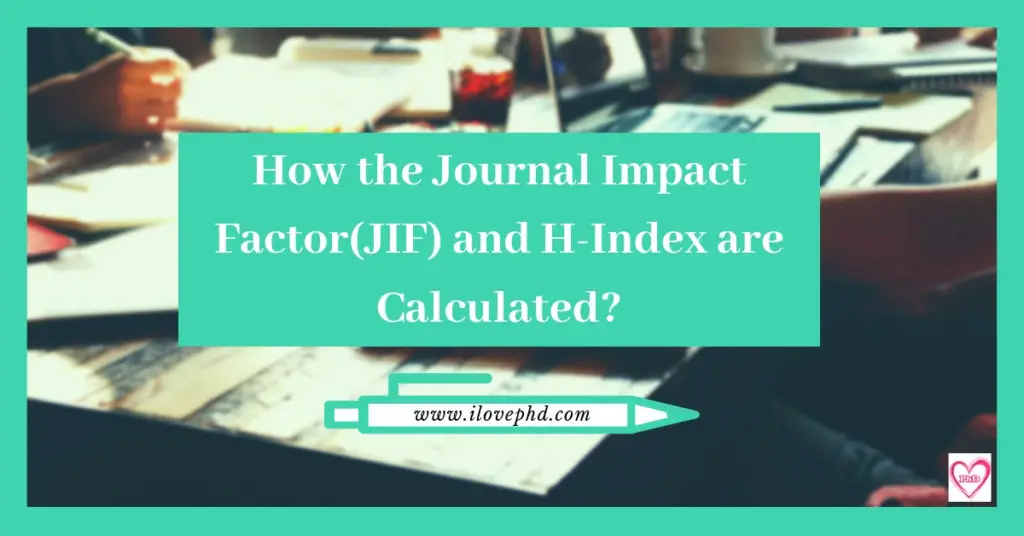
There are a lot of fake journals that have a seemingly reliable website and claim themselves to have a high impact factor journals. Fake journals are difficult to identify in most cases. In order to help researchers to find fake journals, this article gives some common identifications and required verification before submitting your valuable research findings to a journal.
Some Common Indicators of Fake Journals
Using the following common indications a Fake journal can be easily identified.
- No address: Some journals do not reveal their address or contact information on their website other than an email address listed.
- No proper review information: These journals mostly hide their review process and editorial board details of their journal publications.
- Publication: These journals promise rapid publication.
- Topics: These publications simply include wide-ranging unrelated fields of study.
- Age of the website: There are many tools available to find the age of the journal’s website. Most of the fake journals claim themselves more year impact factor than their actual age on the internet.
- Peer review process: There is no mention of a peer review process on the website or basic submission requirements.
- Fees: Some predatory journals ask for extremely high processing fees for publication.
- Ethics: Fake journals do not consider research ethics.
You Might Also Love
How To Identify Fake Journal?

Use the following steps to identify a fake journal.
- Publisher
The first step, check the publisher of the journals? A publishing company, a professional association, a scholarship association, or a university. Reputable publishers will never publish fake journals. - Verify Editor or Reviewer
Verifying the editor-in-chief, senior editors, and the reviewers of the journals is the best way to identify the fake journal.
Reputable journals always list their editorial board members. Each of the editorial members can be easily tracked to their home university.
If you cannot track who are the editorial members, it is likely that the journal is fake. - Number of Volumes Published
A good volume of publications with highly impactful research article issues ensures the journal is not fake. - Review Process
Fake journals often guarantee someone’s work to be published soon with a quick review process.
In most cases, quick review processed journals are either fake or highly paid journals. They usually publish without any revision. It will lead to retraction of the whole journal from indexing in the future.
Good journals must have adequate review processes. The processes may take time at least 4 to 6 months. Premier journals may even take a longer time. - Verify Indexing
Finally, verify whether the journal is on Scopus indexed, Web of Science, or Scimago database. Most of the reputed and mainstream journals indexed in any of these databases.
Following are the top abstract indexing agencies:
Thomson Reuters indexing such as Zoological record
Pubmed
ISI Web of Knowledge or science
Scopus
Researchgate
Academia.edu
Google Scholar
Directory of Science
SIS ( Scientific indexing services )
However, It does not mean that the journals are not included in those databases. but, if the journal is not indexed as well as not satisfy any of the above 4 verification steps, that particular journal is suspected to be a fake journal.
I hope, These fake journal identification steps may help you to find a genuine high-quality publication for your valuable research contribution.
You Might Also Love

10 Interesting Facts About Researchgate


[…] How To Identify Fake Journals? […]
[…] Unsuitable Journals: Submitting a research paper into the unsuitable journals is a common mistake but the result will be regretful. If you submit your article in an unsuitable journal to your research area the journal editors to reject the manuscript before peer review. So finding the right journal makes it more likely that your manuscript will be accepted. […]
[…] How To Identify Fake Journals? […]
[…] How To Identify Fake Journals? […]
[…] Love to Read: How To Identify Fake Journals? […]